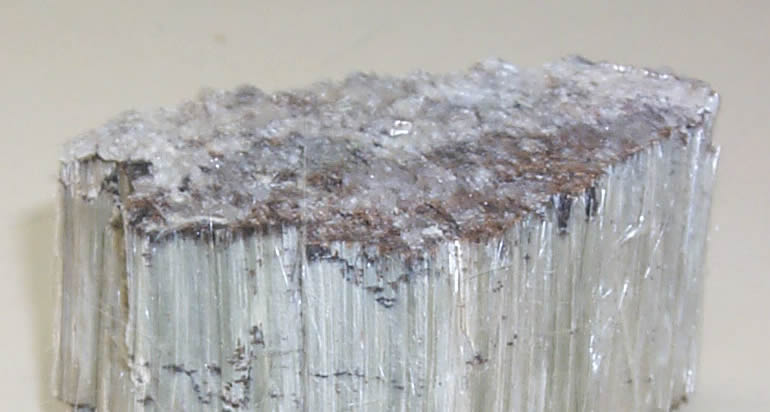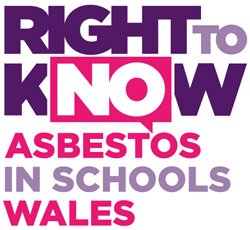Asbestos Related Death Statistics In Australia
Learning About Asbestos

Australia is riddled with Asbestos. In this article we’ll cover the history, risk of exposure and how to protect yourself.
A Little About Asbestos
Asbestos is a naturally occurring fibrous mineral consisting of fine needle-like fibers. The minerals are odorless solids and come in many different colors. The fibrous minerals are resistant to fire and heat. They can cause severe health effects when the fibers become airborne.
Asbestos was regarded as a miracle material and was used in various applications, mostly in construction. It was used in insulation and other building materials for commercial buildings, homes, and schools. Many industries used asbestos including industrial plants, oil refineries, the automotive industry, and shipbuilding. Max Samson from Pro Asbestos Removal Brisbane shared some thoughts with us adding “we mainly see asbestos in homes and commercial properties built prior to 1990”.
Damaging Asbestos
If asbestos materials get damaged, it is easy to inhale the fibers. This can lead to severe health problems such as lung cancer, asbestosis, and mesothelioma. By the 1940s, researchers found out that asbestos could cause cancer. However, the mineral was still used widely in numerous industries through the 1970s. Nowadays, some products contain asbestos in minute amounts, and this leaves the public at risk of exposure.
How can you get exposed to asbestos?
Asbestos exposure takes place when microscopic asbestos fibers become airborne. The toxic asbestos dust can last in the air for an extended period, putting anyone nearby in danger of ingesting or inhaling it. In an environment with no disturbances, it may take up to 72 hours for the dangerous fibers minerals to settle. Asbestos is present in thousands of domestic, industrial, and commercial products. Many people get exposed to asbestos in their workplace. However, you can get exposed to this mineral from typical household products or ruined asbestos in your home. The Environmental Protection Agency (EPA) reports that any level of asbestos exposure can cause health problems.
The following items have been known to contain asbestos.
- Vinyl tiles use for flooring
- Insulation in attics and walls
- Siding
- Shingles
- The blankets which protect hot water pipes
- Car brakes
- The fabrics that resist heat
How can asbestos affect your health?
The fibers which form asbestos separate into tiny pieces quickly if they are damaged. Even though it is hard to see them, breathing them in is easy. These fibers can build up in the lungs and cause health effects. They can cause changes in the lining of the chest cavity, a condition called Pleurisy, leading to a fibrotic lung disease known as asbestosis. The disease can lead to shortness of breath and death. Prolonged exposure to asbestos fibers can increase the risk of developing mesothelioma and lung cancer.

Who is at risk?
You are likely to suffer from asbestos-related disorders if you are exposed to asbestos more frequently or a higher concentration of asbestos for an extended period. Research studies published at www.atsdr.cdc.gov between the years 1940 and 1979 estimate that over 27 million workers we exposed to asbestos. Regulations have helped reduce the risk of asbestos exposure in the workplace, but many occupations still pose a high risk of exposure. You are at risk of exposure if you work in a profession where you handle a high concentration of asbestos regularly, for instance, if you work in the construction industry. Other asbestos high-risk jobs and industries include:
- Railroads
- Hospitals
- Power and electrical light
- Agriculture
- Boat and ship-building industries
Deaths in Australia Over the Past 10 to 30 Years
From 1982 to 2002, the death rate from asbestos-related complications rose for both females and males then reduced between the year 2004 and 2018. The overall death rate, according to Safe Work Australia rose from 1.2 to 3.2 cases per 100,000 people in 2003 and has remained at 2.8 cases per 100,000 people. The highest number of deaths caused by mesothelioma occurred between 1997 and 2017. Deaths from mesothelioma fluctuated among males and rose gradually among females during that period. The standardized death rate ranged between 2.1 deaths per 100, 000 people in 1999, and a maximum of 2.7 deaths per 100,000 people in 2001. In 2011, the standardized death rate was 2.5 deaths per 100,000 people.
Types of health problems linked to Asbestos
Asbestosis
It is a long-term lung condition that develops after about 20-30 years after breathing in a substantial amount of asbestos fiber dust in the course of your occupation. The fiber decreases the elasticity of the lungs, making breathing difficult. Shortness of breath is the common symptom. In most cases, the common physical sign is the sound of “crackles” heard when breathing through a stethoscope. When an asbestosis diagnosis is complete, chest x-rays show small opacities in the lower and middle lungs. Lung function tests help doctors to determine how severe the condition is.
People with advanced asbestosis have:
- Short of breath
- Cough
- Chest pain
- Reduced lung function
- Finger clubbing
- Bluish skin coloration
Mesothelioma
Mesotheliomas are rare in the population but are observed in asbestos workers and their family members. Case-control studies have found strong associations between the development of mesothelioma and occupational exposure to asbestos fibers. Mesothelioma’s latency period is generally between 30 and 40 years. Workers in high exposure occupations can swallow asbestos fibers, which contribute to the development of mesothelioma of the lining of the abdominal cavity.
Lung cancer
There is a high risk of getting lung cancer after asbestos fibers exposure depending on factors like:
- Duration and the level of exposure
- Time since exposure happened
- Age at which exposure took place
- Smoking history of the exposed person
- Size and type of asbestos fibers.
Lung cancer does not show symptoms in the early stages. When signs are evident, cancer has advanced. Lung cancer symptoms include:
- Weight loss
- Chronic cough
- Shortness of breath
- Fever
- Chest pain
Other lung conditions also cause these symptoms. Therefore, it is essential to confirm the diagnosis through laboratory tests and chest x-rays.
Pleural thickening
Inhaling asbestos fibers can lead to abnormalities in the lining of the chest cavity. Approximately 60% of people exposed to asbestos will be at work. In most cases, pleural plaque development is not evident for close to 30 years after exposure. A pleural effusion occurs within ten years after exposure.
How to protect yourself from exposure
Undisturbed asbestos materials will not pose a health risk. Generally, if asbestos-containing material is in good condition, leave it alone. Higher risk of exposure occurs when they are repaired, removed improperly, torn, cut, sanded, drilled, scraped, or sawed. Visually check such materials over time for signs of wear and tear like water damage, abrasions, or tears. For slightly damaged materials, you should limit access to the area and avoid touching or disturbing it. Always hire a trained and accredited asbestos expert to perform work on the area.
Conclusion
Asbestos exposure is a threat to human health. The law requires employers to safeguard workers from job-related health risks and asbestos. They are required to provide protective equipment to workers and follow all safety procedures. If you handle asbestos-containing materials at work, you should wear approved respirators. Clean contaminated shoes or clothing at the job site and ensure you take a shower before going home so that your family members will not be at risk.

Start the discussion